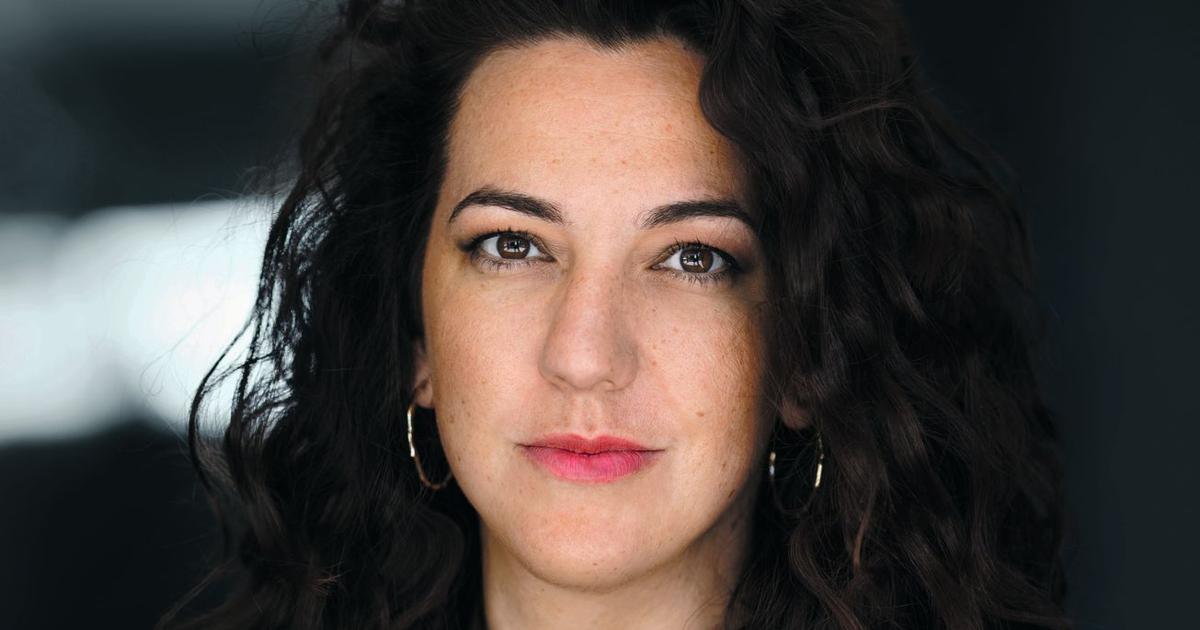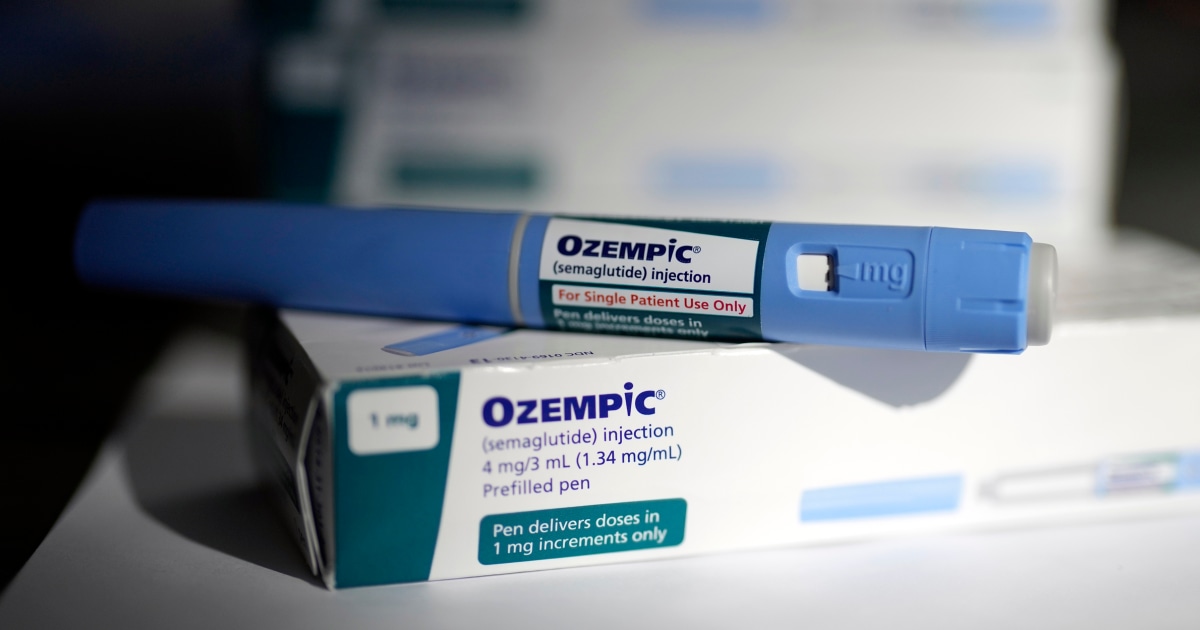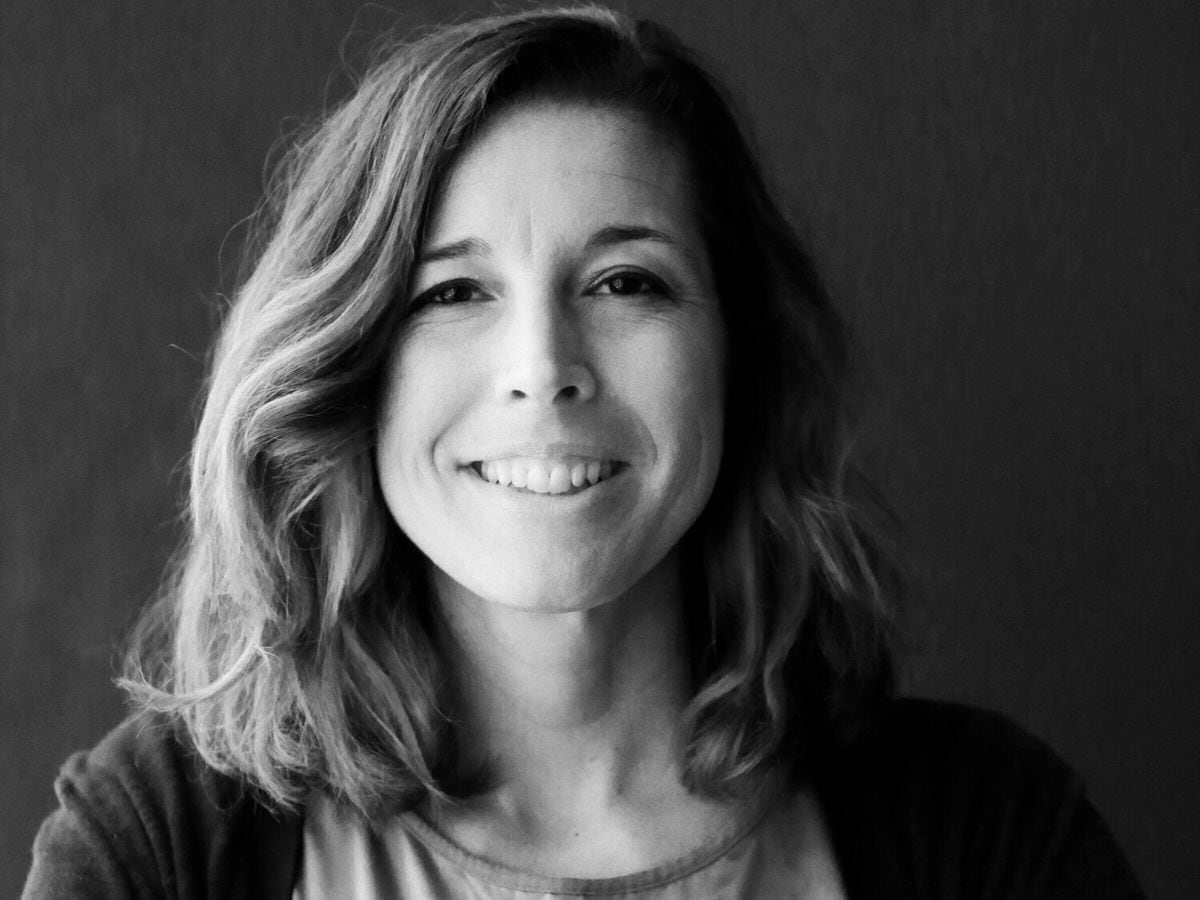A student consults social networks on her mobile while reviewing information online.PACO PUENTES (EL PAÍS)
Molly Russell, 14, committed suicide in November 2017 near London.
Her father tracked her latest interactions on the internet and found that the teenager had consulted, responded to or shared more than 2,000 posts related to suicidal ideation, self-harm or depression.
The other side of this dramatic reality is provided by Lucy Biddle, professor of Mental Health at the University of Bristol, following a testimony collected in her research at a suicide prevention forum: "It was exciting because there was a place I could go , no one knew me and I could literally talk and tell people why I wanted to die without fear of being locked up or misunderstood.
In this case, the internet saved a life.
Social networks and information on the Internet are a powerful tool that, according to Jacqui Morrissey, a researcher at Samaritans (an organization that helps people in emotional distress), "can provide really positive opportunities" or become a trigger for serious consequences.
They are known as Papageno or Werther effects.
The first refers to the character in Mozart's
The Magic Flute
saved from suicide by three young geniuses.
The Contrary Effect takes its name from Goethe
's novel
The Sorrows of Young Werther
,
whose protagonist kills himself for love of Lotte.
A group of researchers, convened by the Science Media Center, agrees on the importance of the influence of the Internet and social networks to deal with ideas of self-harm or suicide.
“When we think about social media and mental health it's really important that we don't oversimplify the problem: we know that suicidal behavior is complex and rarely the result of a single factor,” Morrissey cautions.
But neither should this complexity lead to underestimating the influence of networks and Internet content.
According to the Samaritans researcher, "decades of research show the strong links."
“Young people are more susceptible to copycat suicidal behavior and are more likely to be influenced,” she explains.
More information
The fight against mental disorders goes where teens are, on TikTok and Instagram
The social capacity of the networks can be favorable if you become the geniuses of Papageo.
“They can provide really positive opportunities for people to talk openly and access support groups.
A person may feel isolated, unable to share what is happening with their family or friends in person, but they can find a community of peers with similar experiences to their own on the internet that they are able to open up to.
Two out of three people who reported experiences of self-harm say that the online forums and tips were really helpful,” she explains.
But the internet can also trigger the Werther effect.
“There is a wealth of information and advice online that provides access to content that can exacerbate attitudes.
Research from the University of Manchester in 2017 found that internet use is linked to suicide in 26% of deaths in people under the age of 20," adds Morrissey.
At the click of a button, according to a recent study by Samaritans and the University of Bristol, you can find instructions, advice, methods of self-harm and "content that portrays suicide with graphic descriptions in a positive or desirable way", according to the researcher, who warns that it is not an exclusive problem for young people: "Turn 18 years does not suddenly make you immune."
Many people use the online environment to journal and tell their recovery stories.
Listening to their stories can protect”
Ann John, Professor of Psychiatry at Swanse University
Faced with this duality of networks, it is necessary to act.
But, for the researcher, "it is not about closing the conversations, but about guaranteeing safe spaces."
To achieve this, Rina Dutta, a specialist in psychiatry at King's College London, believes that a "new framework is needed to unlock the potential of social media in youth mental health research" and "robust guidelines for managing those data, as well as a well-defined responsibility of institutions that work with social media platforms.
Ann John, Professor of Psychiatry at Swansea University, agrees on the importance of networks as a research tool and to develop support tools.
“Many people use the online environment to journal and tell their recovery stories.
Listening to their stories can be protective,” she assures.
In this sense, the researcher points directly to the platforms to claim responsibility for directing search results towards favorable information: "They can use algorithms [automatic formulas that select pages based on searches and user preferences] to promote the most positive content, sources of support, and recovery stories.”
“We've seen some social media companies take positive steps in the right direction, but there's more they can do,” adds Morrisey.
There are times when you go from curiosity to compulsive visualization and interaction with others to fall into a mousetrap”
Lucy Biddle, Professor of Mental Health at the University of Bristol
Lucy Biddle, Professor of Mental Health at the University of Bristol, admits the importance of data-driven research, the responsibility of platforms and the relevance of personal recovery stories.
However, she warns of a problem that adds complexity to the scenario: “The damage of Internet content is not easy to identify, it is not always explicit.
What seems to be beneficial, upon retrospective analysis, can be understood as something harmful.
The contents and the motivations to access them vary in each person depending on the mental anguish.
We must continue our efforts to refine this and learn more about the good and bad resources.”
“There are times when you go from curiosity to compulsive viewing and interacting with others to fall into a mousetrap,” she explains.
security strategies
In this sense, Biddle highlights the importance of counting on users, both risk liabilities and assets, and completing actions with security strategies, such as removing applications, silencing terms or opening new accounts that avoid custom algorithms.
“We see an ongoing fight to maintain control.
Users rarely aspire to leave the online world behind.
They know they may be harmed, but they think they get enough of the benefit and can outweigh it or avoid the risk, so they persist in putting themselves in a constant state of vulnerability and interacting with other high-risk users.
I think it is necessary to improve the skills and train the users.”
“It is important that we open up the dialogue and allow people to talk and seek help in relation to their lives online without being stigmatized, without feeling that they have sinful behavior that they need to keep secret,” he concludes.
Sonia Livingstone, Professor of Social Psychology at the London School of Economics and Political Sciences, insists on that blurred line that separates curiosity, search or distraction with incorporation into harmful spaces: "They want to find recognition for their particular challenges and difficulties and they may find it and inspirational support, something that physical social interaction cannot provide.
But the same active search gaze leads them to dark places”.
And in a matter of minutes.
In this sense, Livingstone recalls how a young man told him that he discovered suicidal content on a platform and got it removed in four hours.
“I found it fascinating.
I naively thought that four hours was a pretty quick response.
I couldn't imagine how many times that suicide image had been shared, copied, downloaded and viewed before it was removed."
(
The free and permanent telephone number for attention to suicidal behavior in Spain is 024. It is a telephone help line for people with thoughts, ideas or risk of suicidal behavior and for their relatives and relatives. In the event of an imminent life emergency, you can call the emergency telephone number 112 directly
).
You can write to us at
rlimon@elpais.es
, follow
EL PAÍS TECNOLOGÍA
on
and
and sign up here to receive our
weekly newsletter

/cloudfront-eu-central-1.images.arcpublishing.com/prisa/37GC24BLF25GWZ7UZWHTJ4E3TM.JPG)
/cloudfront-eu-central-1.images.arcpublishing.com/prisa/UGT3A2CDINB3LN3NMTZ4RJJOTU.jpg)





/cloudfront-eu-central-1.images.arcpublishing.com/prisa/PBMVWQBLQRD6RCIWTKBVIUEINA.jpg)
